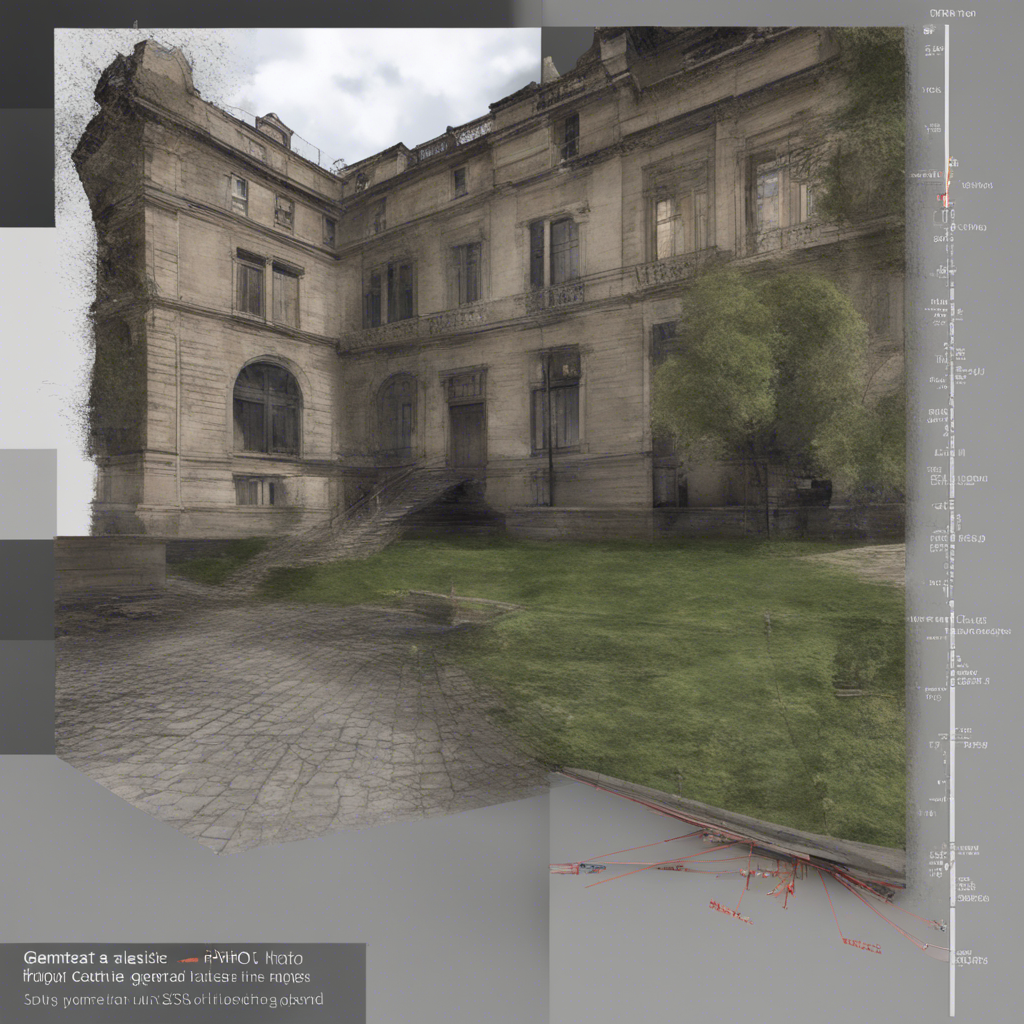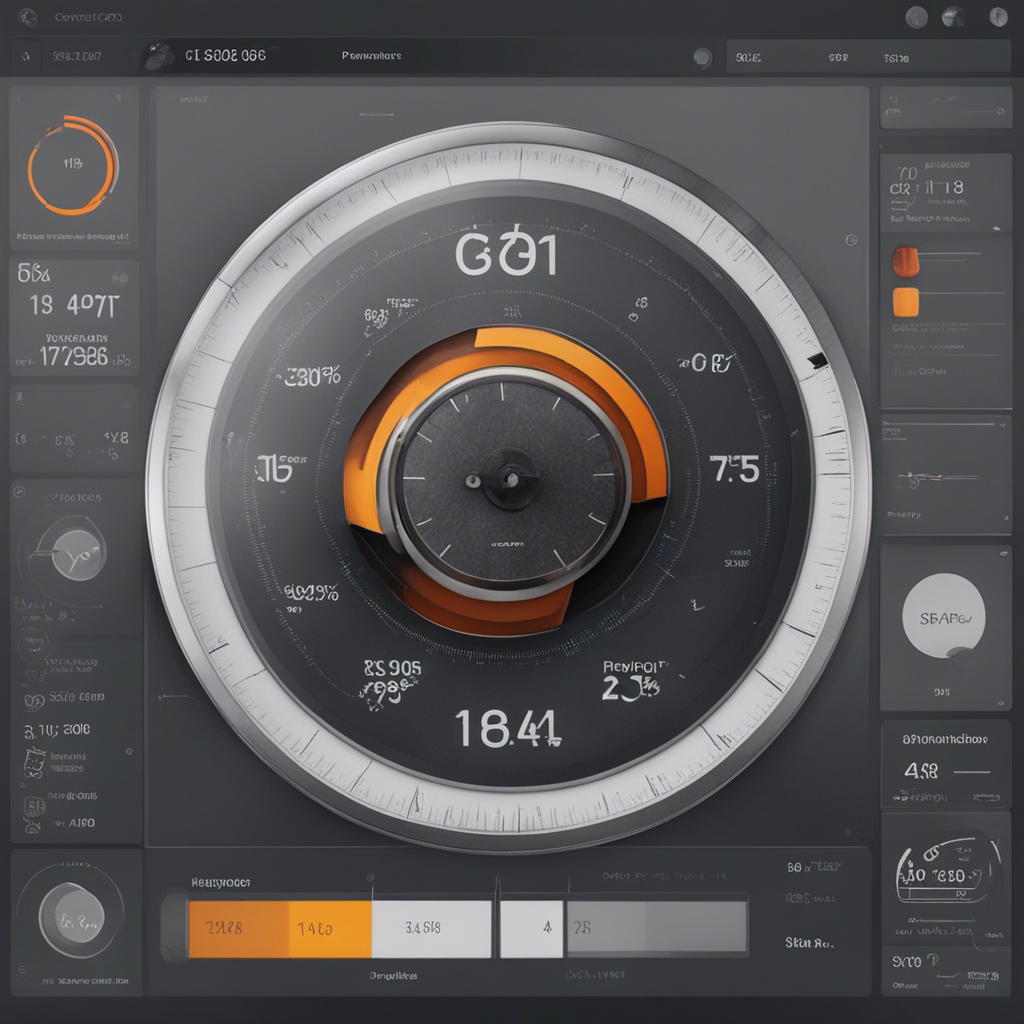
Understanding Transfer Learning in Deep Learning Models
Transfer learning is a concept in machine learning and deep learning that involves transferring knowledge learned from one task to another. In the context of deep learning models, transfer learning allows us to leverage the knowledge gained from training on one dataset and apply it to a different but related dataset. This enables us to build models that require less training data and computational resources, leading to faster and more efficient model development.
In this blog post, we will explore the concept of transfer learning in deep learning models, its benefits, and different approaches to implementing transfer learning. We will also discuss some practical examples and applications where transfer learning has proved to be highly effective.
Why Transfer Learning is Important
Training deep learning models from scratch can be time-consuming and computationally expensive, especially when dealing with large-scale datasets. Moreover, in many real-world scenarios, it may not be feasible to collect a large labeled dataset for every specific task. Transfer learning addresses these challenges by allowing us to leverage existing pre-trained models and adapt them to new tasks.
Transfer learning offers several benefits:
-
Reduced Training Time: By utilizing pre-trained models, we can skip the initial stages of training a deep learning model from scratch. This can significantly reduce training time, as the pre-trained model has already learned useful feature representations on a large dataset.
-
Improved Performance: Pre-trained models are trained on massive datasets, often using powerful computational resources. By leveraging the knowledge embedded in these models, we can benefit from their superior performance and generalization capabilities.
-
Better Generalization: Transfer learning helps in improving the generalization of models by leveraging knowledge from diverse datasets. This is particularly advantageous when working with limited or unbalanced training data.
Now that we understand the importance and benefits of transfer learning, let’s delve into different approaches to implementing it.
Approaches to Implementing Transfer Learning
There are several approaches to implementing transfer learning in deep learning models. Here are three popular ones:
-
Feature Extraction: In this approach, we utilize the convolutional layers of a pre-trained model as feature extractors. We freeze the weights of these layers and replace the fully connected layers with new ones appropriate for our specific task. The extracted features are then fed into the new fully connected layers, which are trained using the new dataset. This approach is commonly used for computer vision tasks.
-
Fine-tuning: Fine-tuning extends the feature extraction approach by allowing us to fine-tune the weights of some or all of the layers in the pre-trained model. We typically freeze the early layers and fine-tune the later layers to adapt the model to the new dataset. Fine-tuning is useful when the target dataset is similar to the pre-training dataset.
-
Domain Adaptation: Domain adaptation techniques aim to transfer knowledge from a source domain to a target domain, where the two domains may differ significantly in their distributions. These techniques address the challenge of domain shift and help in adapting pre-trained models to new domains.
Practical Examples and Applications
Transfer learning has found numerous applications across various domains. Here are some practical examples:
-
Image Classification: In image classification tasks, transfer learning has been widely used. For instance, the pre-trained models like VGGNet, ResNet, and InceptionNet, which are trained on the ImageNet dataset, are commonly used as feature extractors for new classification tasks. By fine-tuning these models or using the extracted features with new task-specific classifiers, we can achieve high accuracy even with limited training data.
-
Natural Language Processing: Transfer learning has also been applied to natural language processing (NLP) tasks. Pre-trained models like BERT, GPT, and ElMo, which are trained on large text corpora, can be fine-tuned or used as feature extractors for tasks such as sentiment analysis, text classification, and named entity recognition.
-
Medical Imaging: Transfer learning has shown promising results in medical imaging tasks. Pre-trained models trained on large-scale datasets like Chest X-ray images or histopathology images can be used as feature extractors to identify diseases or aid in medical diagnosis. These models can be fine-tuned with limited annotated medical images to achieve high accuracy and efficiency.
In conclusion, transfer learning is a powerful technique in deep learning that allows us to leverage pre-trained models and adapt them to new tasks. It enables us to reduce training time, improve performance, and enhance generalization. By understanding different approaches to implementing transfer learning and exploring practical examples, we can effectively apply transfer learning to various domains and tasks.
References:
- Yosinski et al., 2014. How transferable are features in deep neural networks
- Pan and Yang, 2010. A Survey on Transfer Learning
- Raghu et al., 2019. Transfusion: Understanding Transfer Learning for Medical Imaging
Disclaimer: The images used in this blog post are for illustrative purposes only and do not represent actual deep learning model architectures.






